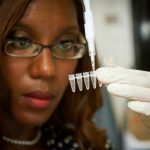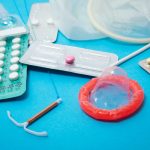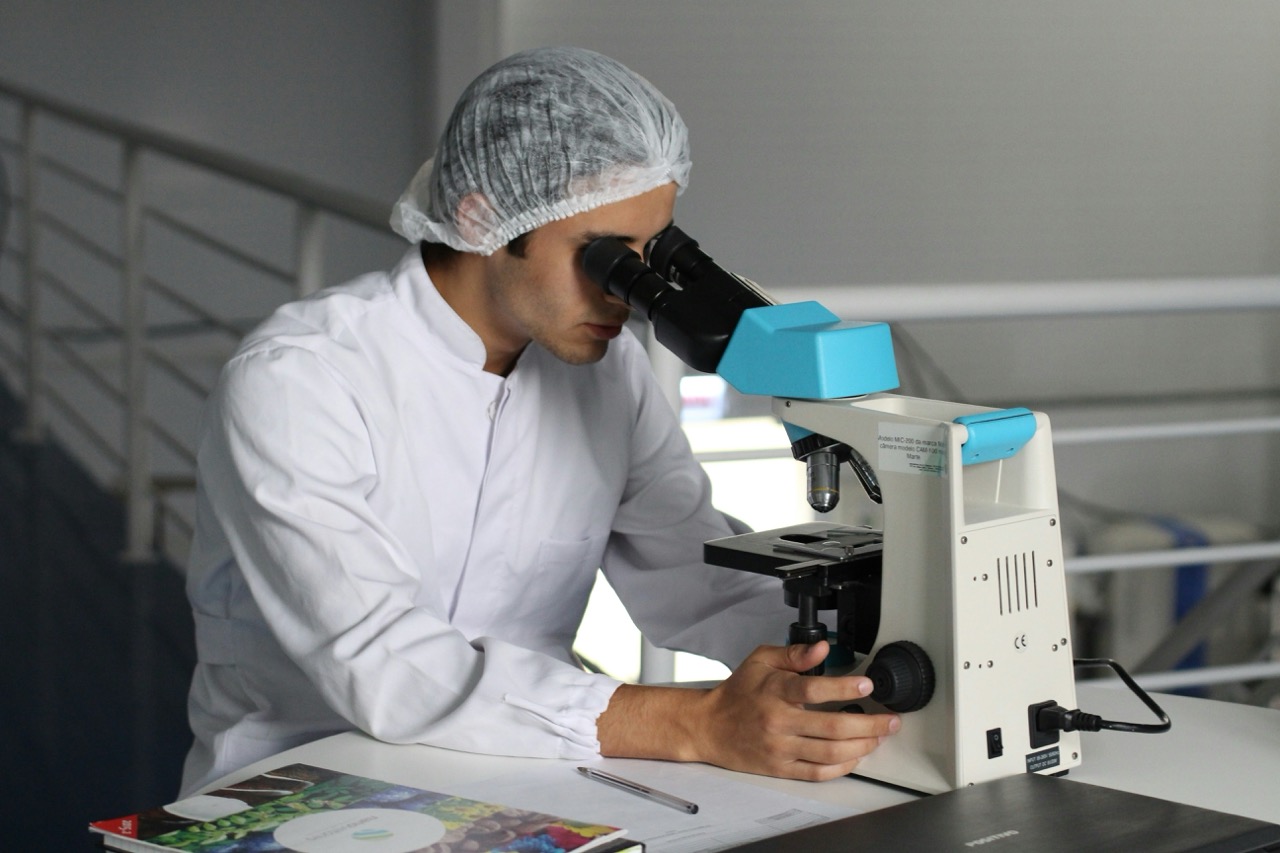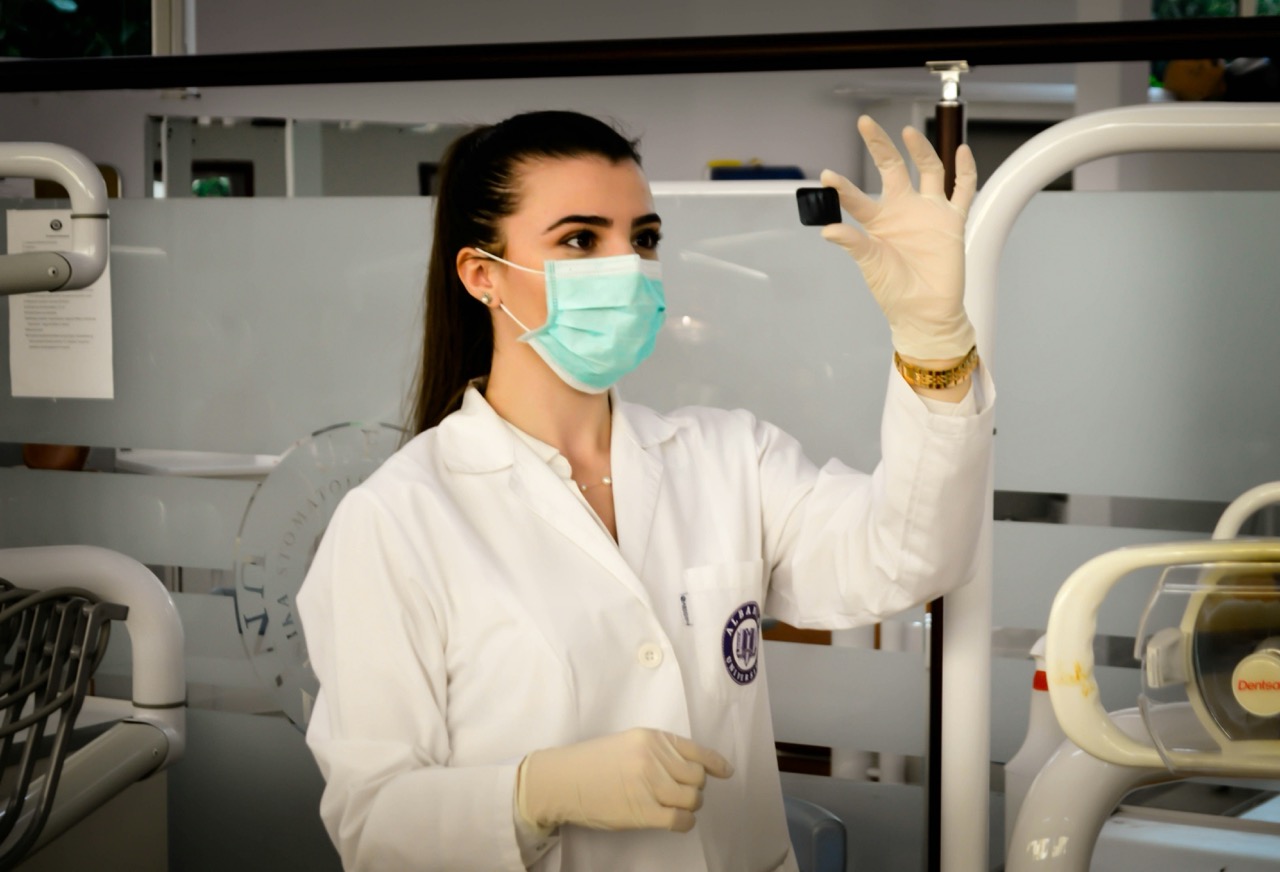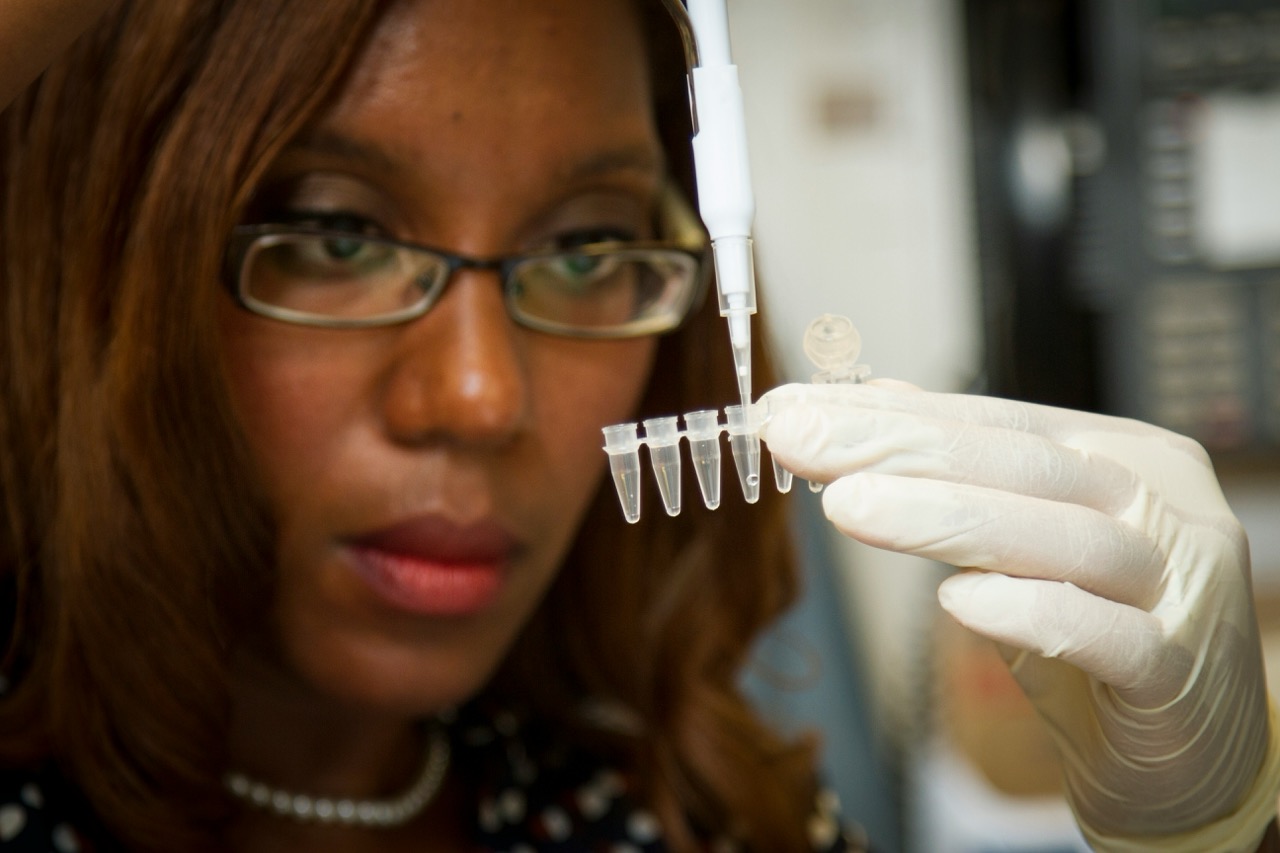Human Papillomavirus (HPV) is one of the most common sexually transmitted infections worldwide, with significant health implications, including cervical cancer and other anogenital malignancies. Despite the availability of vaccines and screening methods, HPV remains a public health concern. Emerging research suggests that vitamin D, known for its crucial role in immune function, may play a significant role in the body’s ability to combat HPV. This article explores the prevalence and health implications of HPV, the importance of vitamin D in immune response, current research findings related to vitamin D and HPV, and strategies for optimizing vitamin D levels for better health.
Understanding HPV: Prevalence and Health Implications
HPV encompasses a group of over 200 related viruses, of which around 40 can be transmitted through direct sexual contact. The prevalence of HPV is staggering; the Centers for Disease Control and Prevention (CDC) estimates that nearly all sexually active individuals will contract at least one type of HPV in their lifetime. While many HPV infections are asymptomatic and resolve on their own, persistent infections with high-risk HPV types are linked to various cancers, including cervical, anal, and oropharyngeal cancers.
The health implications of HPV are profound. In women, persistent infection with high-risk HPV types can lead to the development of cervical dysplasia, which may progress to cervical cancer if not detected and treated early. Additionally, HPV is increasingly recognized as a contributing factor to oropharyngeal cancers in men and women. The psychological and emotional burdens associated with an HPV diagnosis can also significantly impact individuals’ quality of life, underscoring the importance of effective prevention and treatment strategies.
Prevention measures like vaccination and regular screenings are critical in reducing HPV-related diseases. However, understanding the role of lifestyle factors—such as diet and micronutrient intake—could provide additional layers of protection against HPV-related health issues. Vitamin D, a nutrient known for its immune-boosting properties, has drawn attention in this context, prompting researchers to explore its potential effects on HPV outcomes.
The Importance of Vitamin D in Immune Function
Vitamin D is a fat-soluble vitamin that plays a fundamental role in various bodily functions, most notably in maintaining bone health. However, its influence extends far beyond skeletal health; vitamin D is crucial for the optimal functioning of the immune system. It enhances the pathogen-fighting effects of monocytes and macrophages—white blood cells that are vital to the body’s defense against infections. Furthermore, vitamin D modulates the expression of numerous genes involved in immune response, making it essential for maintaining immune homeostasis.
Deficiency in vitamin D has been associated with a higher susceptibility to infections, including viral infections. A well-functioning immune system is vital for controlling HPV infections, as the body’s immune response must recognize and eliminate the virus effectively. Studies have shown that sufficient levels of vitamin D may enhance the body’s ability to respond to viral infections, improving clearance rates and reducing the risk of complications associated with persistent HPV infections.
Moreover, vitamin D has anti-inflammatory properties that may help mitigate the chronic inflammation seen in HPV-related lesions. By promoting a balanced immune response, vitamin D may not only aid in the elimination of HPV but also reduce the risk of progression to more severe disease states, including cancer. This protective effect underscores the importance of maintaining adequate vitamin D levels for overall health and well-being.
Research Findings: Vitamin D’s Impact on HPV Outcomes
Recent studies have begun to uncover the relationship between vitamin D levels and HPV outcomes. Some research indicates that higher serum levels of vitamin D are correlated with a lower prevalence of HPV infection and related cervical lesions. For instance, a study published in the journal Cancer Prevention Research found that women with sufficient levels of vitamin D were less likely to have high-grade cervical lesions compared to those with deficiency. These findings suggest that vitamin D may play a protective role in HPV-related disease progression.
Additionally, research has demonstrated that vitamin D supplementation may enhance the efficacy of treatments for HPV-related conditions. In a study examining the effects of vitamin D alongside conventional therapies for cervical dysplasia, patients receiving vitamin D demonstrated improved therapeutic outcomes. This emphasizes the potential for vitamin D as an adjunctive therapy in managing HPV-related diseases, providing a multifaceted approach to treatment that bolsters the immune system.
However, while promising, the current body of research is still emerging, and further studies are warranted to establish causal relationships and optimal dosing guidelines. The complexity of HPV pathogenesis and its interaction with various immune factors necessitates a nuanced understanding of how vitamin D influences these processes. Future research will be critical in determining the most effective ways to leverage vitamin D in the fight against HPV.
Strategies for Optimizing Vitamin D Levels for Health
To harness the potential benefits of vitamin D in immune function and HPV outcomes, individuals should adopt strategies to optimize their vitamin D levels. Sun exposure is one of the most natural and efficient ways to increase vitamin D levels, as the skin synthesizes this vitamin upon exposure to ultraviolet B (UVB) rays. It is generally recommended to spend 15–30 minutes in the sun several times a week, depending on skin tone and geographic location. However, it is crucial to balance sun exposure with the risk of skin cancer, necessitating the use of sunscreen after initial exposure.
Diet also plays a vital role in achieving adequate vitamin D levels. Foods rich in vitamin D include fatty fish (like salmon and mackerel), fortified dairy products, egg yolks, and mushrooms exposed to UV light. Incorporating these foods into a balanced diet can help enhance vitamin D intake. Furthermore, for individuals with limited sun exposure or dietary intake, vitamin D supplementation may be a practical approach. Consulting with a healthcare provider can ensure that appropriate dosages are used based on individual needs and existing health conditions.
Regular testing for vitamin D levels can help individuals understand their status and take proactive steps to address deficiencies. With the increasing recognition of vitamin D’s role in immune health, it is becoming clearer that maintaining adequate levels may be crucial not only for overall health but also for reducing the risk and consequences of HPV infections. By adopting a holistic approach that includes sun exposure, dietary changes, and potential supplementation, individuals can better support their immune systems in their fight against HPV and related health issues.
In conclusion, the intersection of vitamin D and HPV presents a promising area of research that could revolutionize our approach to preventing and managing HPV-related diseases. Understanding the prevalence and health implications of HPV, along with recognizing the essential role of vitamin D in immune function, provides a foundation for exploring effective strategies to enhance health outcomes. As research continues to evolve, individuals are encouraged to prioritize their vitamin D status through lifestyle adjustments, potentially reaping the benefits of improved immune function and reduced risk of HPV-related complications. By taking proactive steps today, we can pave the way for a healthier future.



